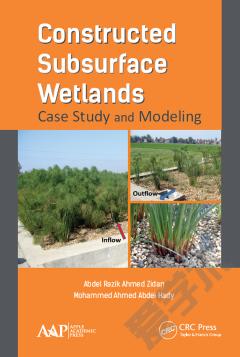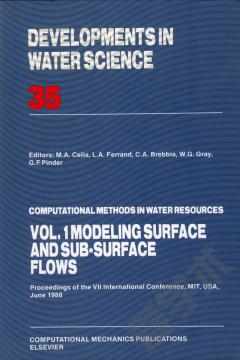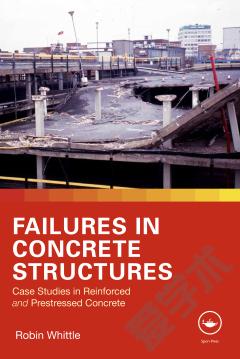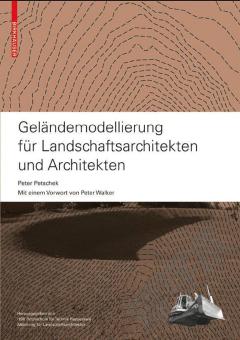Constructed Subsurface Wetlands —— Case Study and Modeling
----- 人工潜流式湿地:案例研究与建模
With a sharp focus on environmental pollution and its impact on life and nature, scientists and engineers have studied the water treatment effect of natural wetlands for many years, resulting in the development of constructed wetlands (CWs) for treating wastewater. This informative new book provides current information and guidance on the construction, performance, operation, and maintenance of subsurface flow constructed wetlands of domestic and municipal wastewater. The focus of the volume is to evaluate the performance of horizontal subsurface flow constructed wetlands in treating domestic wastewater to establish the limit that can be safely discharged to agricultural drains. Two-step procedures were used for the preparation of this book. Using modeling and statistical analyses of treated water samples showed a significant difference between different media for the treatment of most pollutants. The authors went on to design artificial neural network models (ANNs) using Matlab software to simulate some of the experimental data and to anticipate the parameters of output concentration. The wetland systems have the ability to deal with various pollutants with different concentrations and to decrease the treated water to the standard limits. This volume presents the main role of emergent plants for treatment performance in the constructed wetlands and will be a very important resource for engineers in this field as well as for both undergraduate and graduate students.
{{comment.content}}








 京公网安备 11010802027623号
京公网安备 11010802027623号